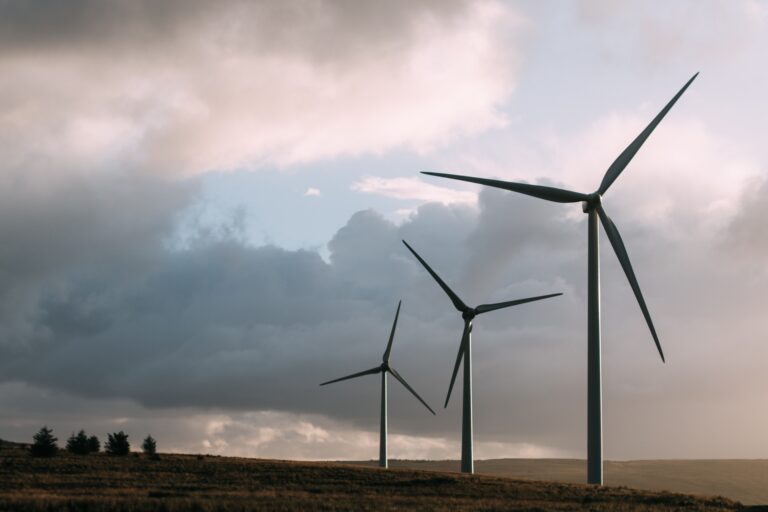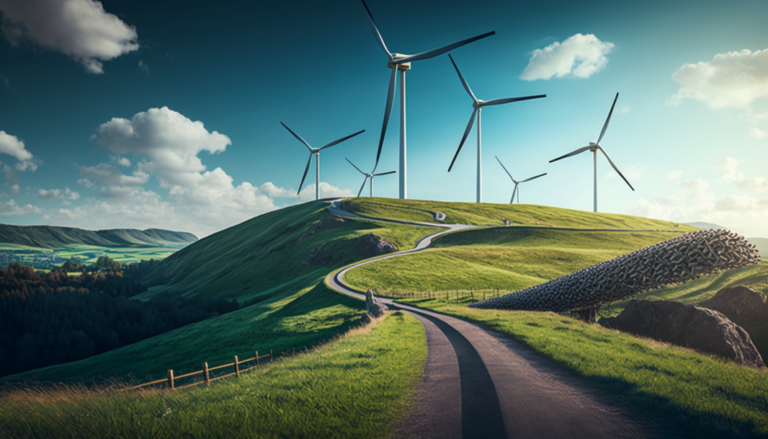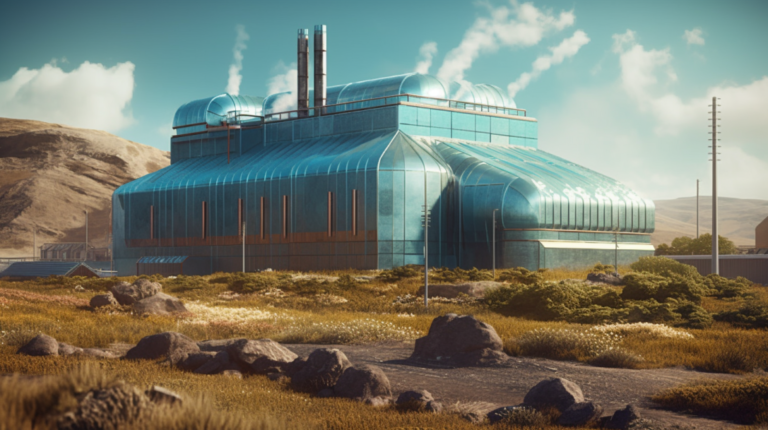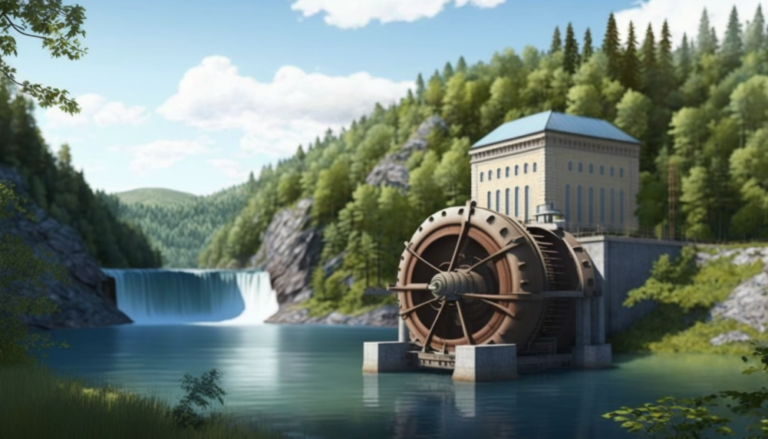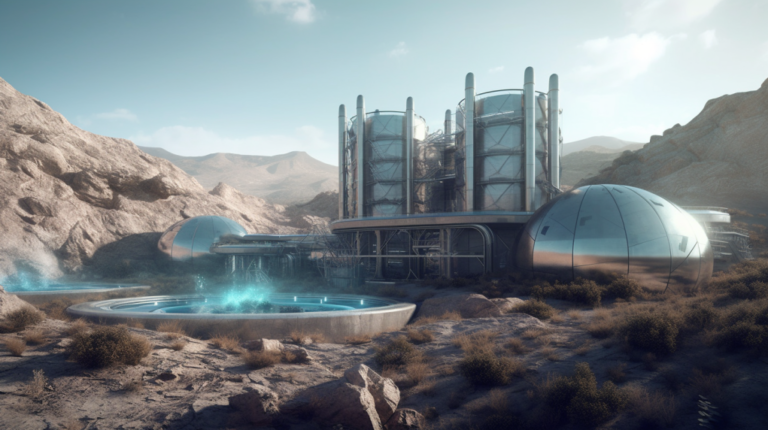Exploring Hydro Energy Technology: How Hydroelectric Power Works
Hydro energy technology is a sustainable energy source that generates electricity by harnessing the force of water. It has been used for millennia as a pure and sustainable energy source. Hydroelectric power is one of the most significant renewable energy sources, accounting for roughly 16% of global electricity output.
Because it is clean, dependable, and sustainable, hydroelectric power is an essential form of green energy. Hydroelectric electricity, unlike fossil fuels, does not emit harmful emissions that add to climate change. It also does not necessitate the use of nonrenewable materials, making it a long-term energy source for future populations.
Table of Contents
What is Hydroelectric Power?
Hydroelectric power is a sustainable energy source that is produced by the force of flowing water. It is a clean and sustainable form of energy that has been used to run mills and other equipment for millennia. Today, hydroelectric power is used to produce energy on a big scale, supplying electricity to millions of people worldwide.
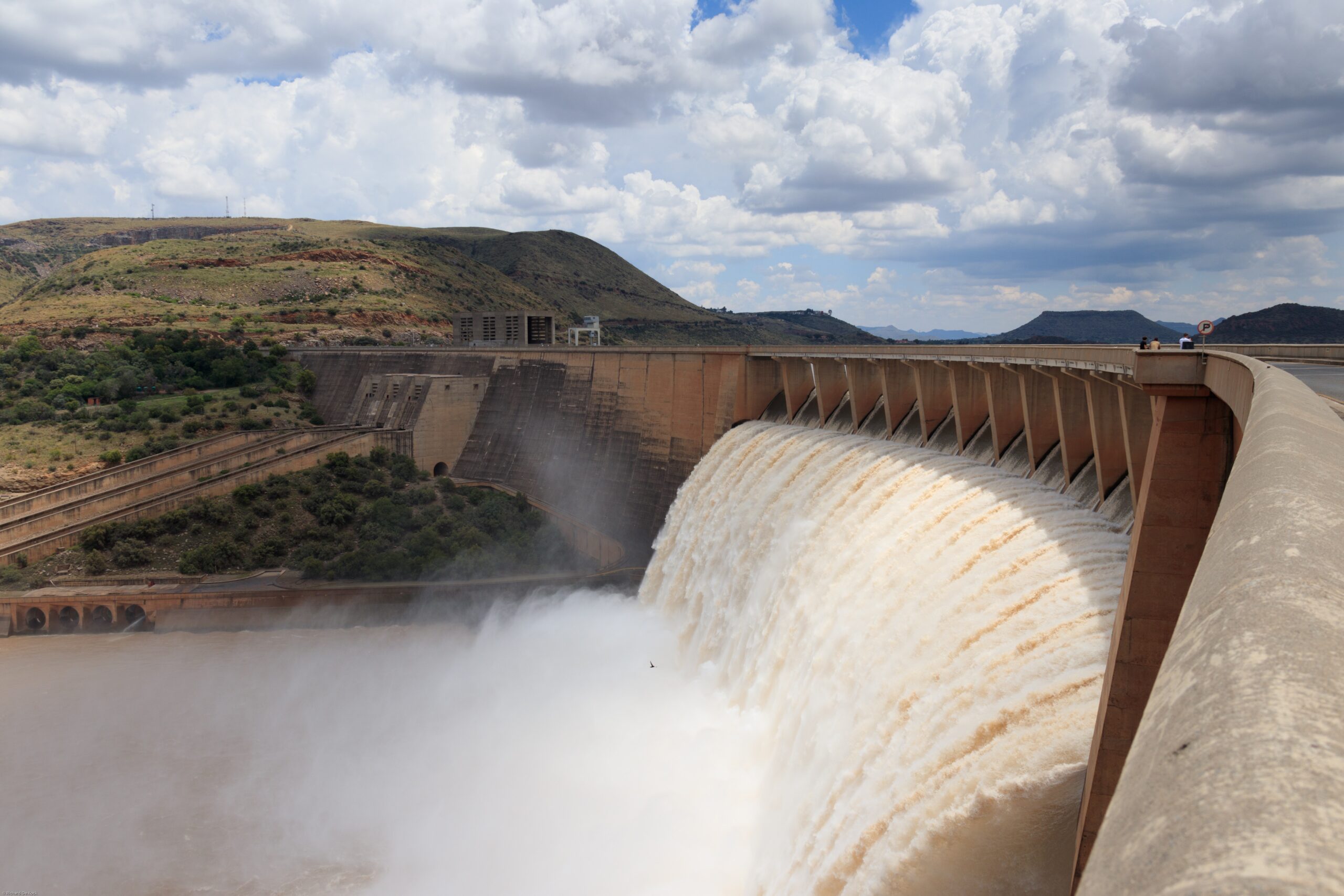
How does it work?
Hydroelectric power utilizes the energy of flowing water to move turbines, which produce electricity. The building of a dam, which produces a reservoir of water, is the first step in the process. When the dam is breached, the water runs through a turbine, spinning a generator to generate energy. The quantity of energy produced is determined by the amount of water that flows through the turbine and the height of the dam.
Hydroelectric power station types
There are various kinds of hydroelectric power facilities, each with its own distinct set of traits and benefits. The impoundment plant, which uses a dam to generate a reservoir of water, is the most prevalent form of hydroelectric power plant. When the dam’s water is discharged, it flows through a turbine, which generates energy.
A diversion plant is another form of hydroelectric power plant that diverts water from a river or stream to a waterway or penstock. The water is then passed through a propeller, which generates energy, before returning to the river or stream.
Another form of hydroelectric power plant is pumped storage plants, which use surplus energy to move water from a lower pool to a higher reservoir. When energy is required, water from the upper reservoir is released to run through a turbine and produce electricity.
To summarize, hydroelectric power is a pure and sustainable form of energy produced by the force of falling water. It works by capturing the energy of cascading water and using it to spin turbines, which produce power. There are various kinds of hydroelectric power facilities, each with its own distinct set of traits and benefits.
Advantages of Hydroelectric Power
Hydroelectric power is a pure, renewable energy source with numerous benefits over other types of energy. This essay will go over the top four benefits of hydroelectric electricity.
Renewable and Clean Energy Source
One of the most significant benefits of hydroelectric power is that it is a pure and inexhaustible form of energy. In contrast to fossil fuels, which release harmful toxins into the environment, hydroelectric electricity emits no harmful pollution. As a result, it is an ecologically friendly method of producing energy.
Cost-Effective
Another benefit of hydroelectric electricity is its low cost. The expense of generating electricity is comparatively cheap once a hydroelectric power facility is constructed. This is due to the fact that the energy supply, water, is both free and plentiful. Furthermore, hydroelectric power plants have a lengthy lifetime, which means they can produce energy for many years without significant fixes or improvements.
Reliable and adaptable
Hydroelectric power is also a dependable and adaptable energy supply. Unlike sun and wind energy, which are affected by weather, hydroelectric electricity can be produced continuously throughout the year. As a result, it is a reliable supply of electricity for communities and businesses. Furthermore, hydroelectric power facilities can be rapidly switched on and off, making them an adaptable source of energy that can react to changes in demand.
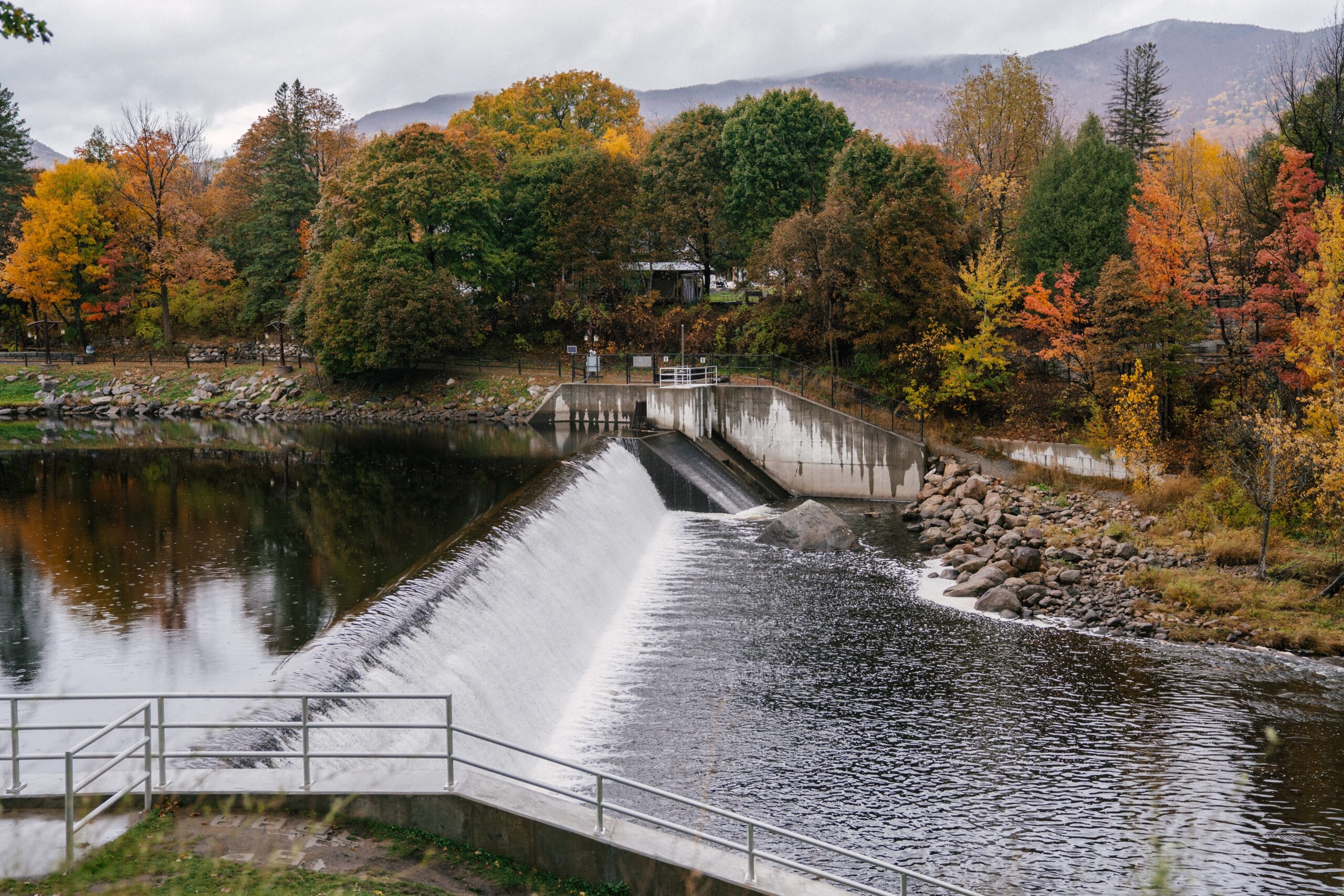
Finally, hydroelectric electricity is used to regulate flooding and irrigation. Hydropower facilities are frequently constructed near rivers and other sources of water. These plants can avoid flooding and provide irrigation for fields by regulating the movement of water. This is particularly critical in regions prone to droughts or floods.
Disadvantages of Hydroelectric Power
Hydroelectric power is a sustainable energy source that harnesses the force of flowing water to produce electricity. While it has many advantages, such as being a pure and dependable source of energy, it also has several drawbacks that must be considered.
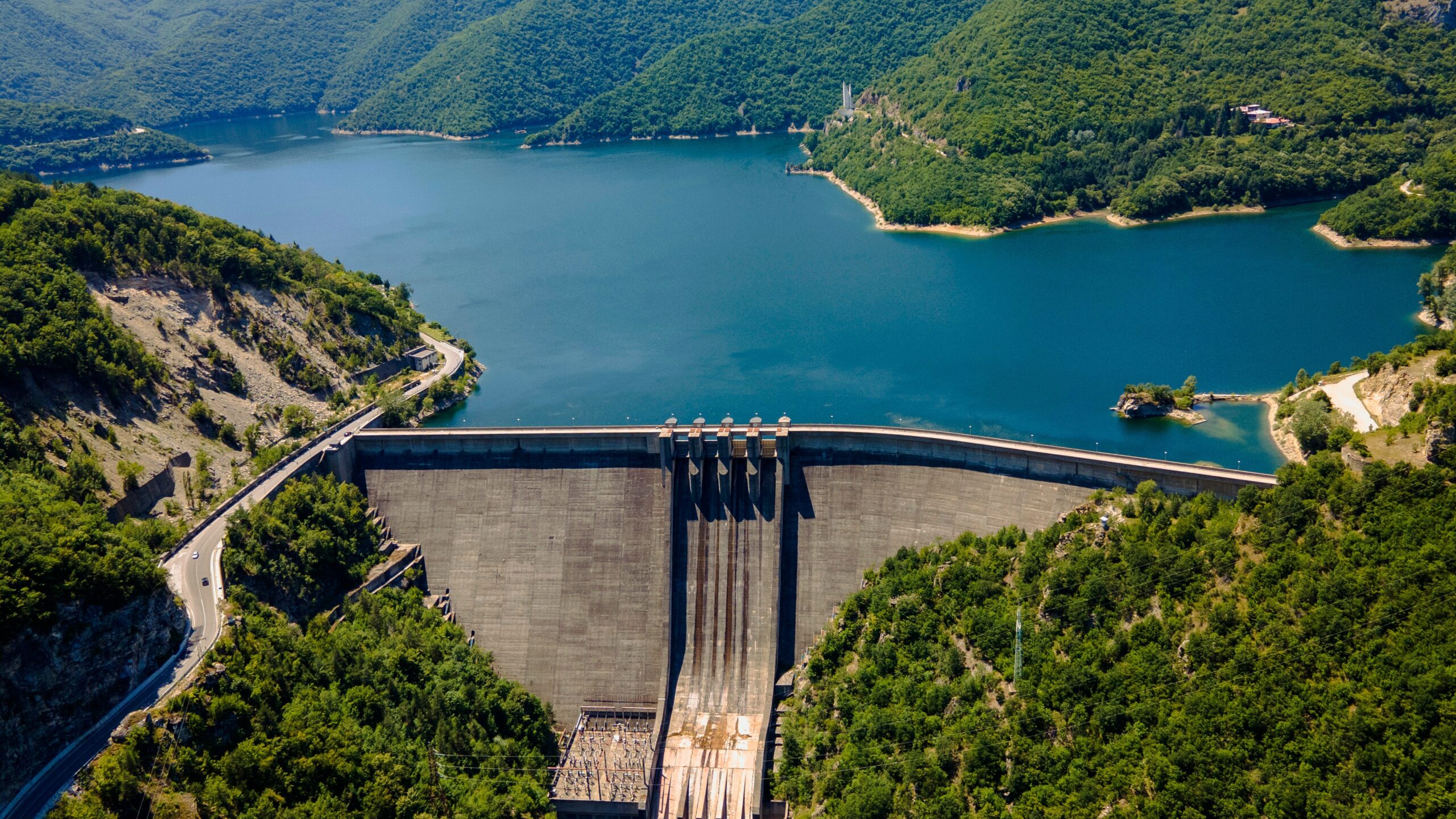
Environmental consequences
One of the most serious drawbacks of hydroelectric electricity is its environmental effect. Dams and lakes can have a significant effect on the local environment, including the relocation of animals and habitat damage. Furthermore, the formation of big bodies of water can result in the emission of greenhouse gases like methane, which add to climate change.
Scarcity of appropriate locations
Another drawback of hydroelectric electricity is the scarcity of appropriate locations. Not all rivers and streams are ideal for hydroelectric power production, and even those that are may not have sufficient water movement to produce substantial quantities of energy. As a result, hydroelectric electricity is no longer a viable choice in many areas of the globe.
High starting investment
Another drawback is the high cost of constructing hydroelectric power facilities. The expense of constructing a dam, reservoir, and power plant can range into the billions of dollars, making it prohibitively expensive for many nations. Furthermore, the expense of keeping and fixing these facilities can be prohibitively expensive, adding to the total cost of hydroelectric power production.
Dam failure risk
Finally, dam failure is a danger connected with hydroelectric electricity. Dams can fail for a variety of causes, such as natural catastrophes, human error, or machinery failure. When a dam breaks, the nearby region suffers significant harm, including inundation and loss of life. When designing and running hydroelectric power facilities, this danger must be carefully considered.
While hydroelectric power has many advantages, including being a pure and dependable source of energy, it also has a number of drawbacks that must be considered. These include dam construction’s environmental effect, the scarcity of appropriate locations, the high initial cost of constructing and sustaining hydroelectric power plants, and the danger of dam collapse. When considering the use of hydroelectric power as an energy source, it is critical to thoroughly evaluate these variables.
Hydro Energy Technology Innovations
For decades, hydroelectric power has been a dependable source of sustainable energy. With the growing demand for renewable energy, however, new methods are being created to enhance the efficiency and sustainability of hydroelectric electricity. In this piece, we will look at some of the most recent advances in water energy technology.
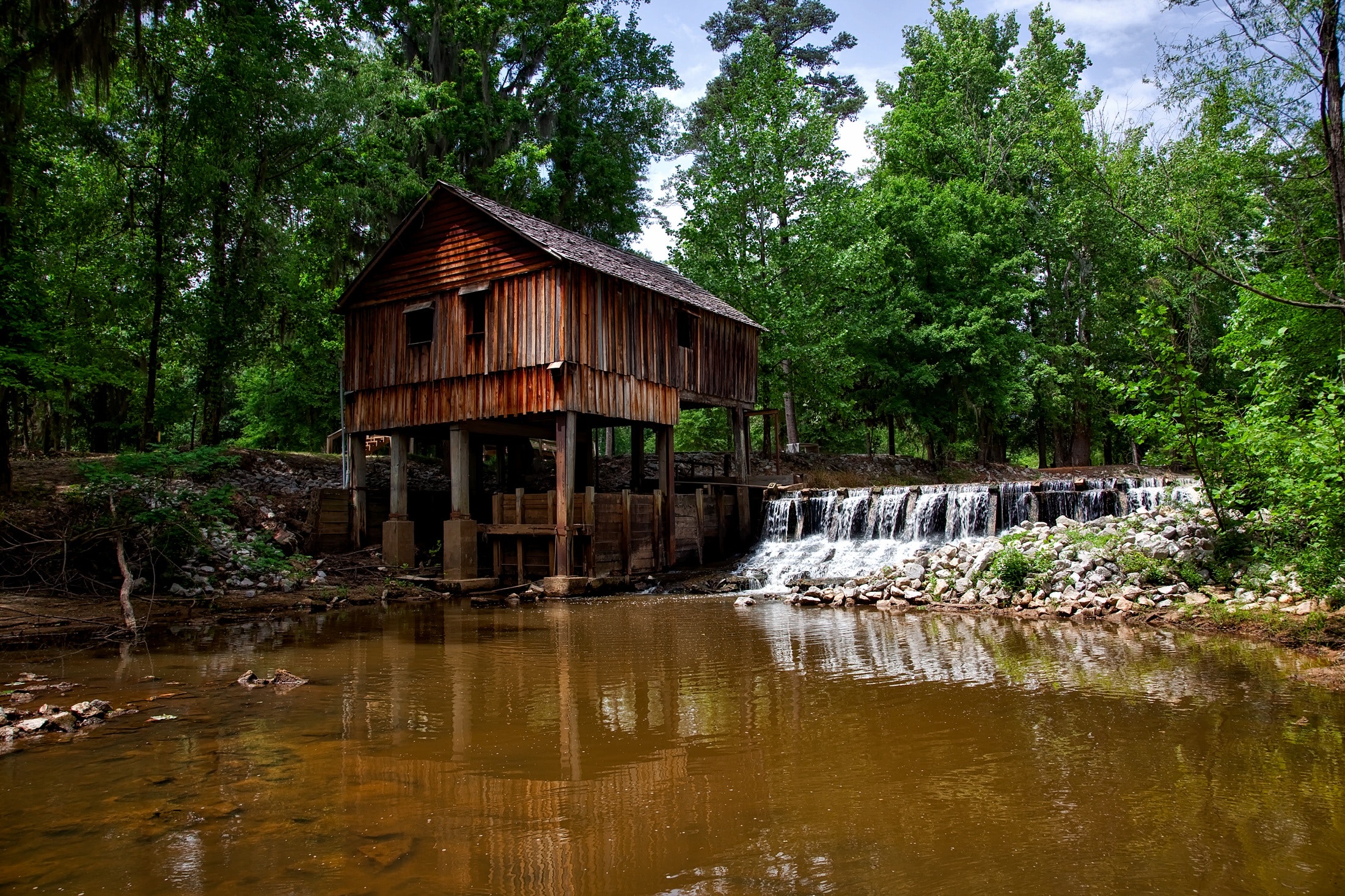
New Technologies in Hydroelectric Power
The use of modular generators is one of the most hopeful novel hydroelectric power methods. These turbines are intended to be readily mounted and removed, providing for greater power production flexibility. Furthermore, modular generators can be used in smaller areas of water, making hydroelectric electricity more available to a wider range of communities.
Pumped storage hydroelectricity is another novel technique. During periods of minimal electricity consumption, this technique entails pumping water from a lower reservoir to a higher reservoir. When demand rises, the water is returned to the bottom reservoir, where it generates energy. This technology enables more effective use of hydroelectric electricity and can aid in system stabilization during high demand times.
Turbine Technology Advancements
Turbine technology has also advanced significantly in recent years. The use of variable speed turbines is one of the most noteworthy developments. These turbines can change their speed to meet the movement of water, increasing effectiveness and decreasing rotor wear and tear.
Another breakthrough is the use of 3D printing to manufacture turbine components. This technology enables more accurate and complicated designs, which leads to more efficient turbines. Furthermore, 3D printing has the potential to decrease the cost and time needed to manufacture turbine components.
Underwater Turbine Application
Another advancement in hydraulic energy technology is underwater generators. These turbines are installed on the ocean bottom and produce energy by harnessing the movement of ocean currents. This technology has the ability to produce significant amounts of clean energy, particularly in regions where ocean currents are strong.
Finally, advances in water energy technology bode well for the future of sustainable energy. These advances, ranging from modular turbines to undersea turbines, are increasing the efficacy and viability of hydroelectric electricity. As new technologies are developed, we can anticipate a greener and more efficient energy future.
The Future of Hydro Energy Technology
For decades, hydroelectric power has been a dependable source of renewable energy, and its development potential stays high. Hydroelectric power is anticipated to play a major part in meeting the world’s energy requirements as demand for clean energy grows.

The capacity of hydroelectric power to combine with other green energy sources is one of its primary benefits. Hydroelectric power, for example, can be used to store excess energy produced by wind or solar power, which can then be used when there is little wind or sunshine. This integration can aid in the development of a more secure and dependable energy infrastructure.
The hydroelectric power sector, on the other hand, confronts a number of obstacles. The expensive expense of constructing and sustaining hydroelectric power facilities is one of the most significant obstacles. Furthermore, hydroelectric electricity can have a major environmental effect, especially on nearby ecosystems and wildlife.
Despite these challenges, the hydroelectric power business offers numerous possibilities. New technologies, for example, are being created to increase the efficacy and sustainability of hydroelectric power facilities. Furthermore, the increasing demand for clean energy is opening up new avenues for the industry to develop and innovate.
Overall, the future of hydro energy technology appears bright, with room for expansion and merging with other green energy sources. However, in order to completely realize its promise, the business must also handle the challenges it encounters.
Conclusion
Finally, the shift to renewable energy is critical for the long-term viability of our world. Hydroelectric power is an important player in this shift because it is a dependable and renewable form of energy.
We have discussed the advantages of hydroelectric power throughout this article, including its minimal carbon footprint, cost-effectiveness, and ability to provide energy storage. We’ve also talked about the difficulties of hydroelectric electricity, such as the effect on habitats and the need for appropriate upkeep and administration.
Despite these obstacles, hydroelectric power’s role in the shift to sustainable energy cannot be exaggerated. As we strive for a more sustainable future, we must emphasize the creation and execution of hydroelectric power initiatives.
We can decrease our dependence on fossil fuels and transition to a greener, more sustainable energy system by investing in hydroelectric electricity. It is our responsibility to take action and make the required changes to guarantee a brighter future for future generations.


